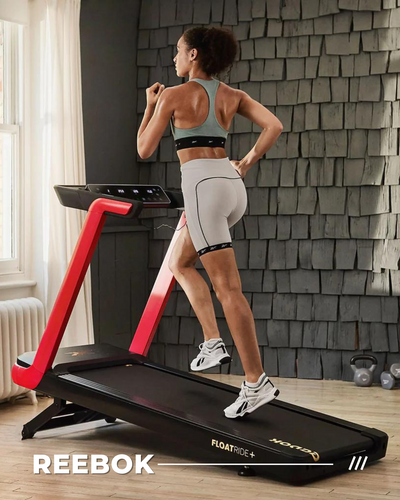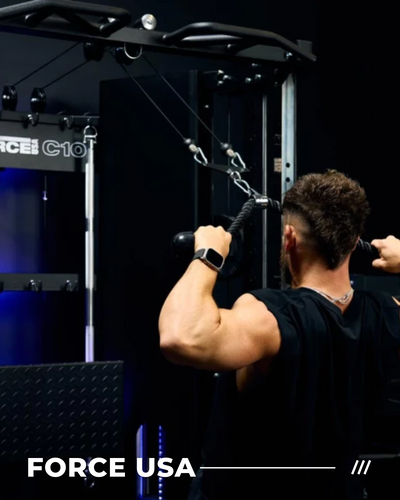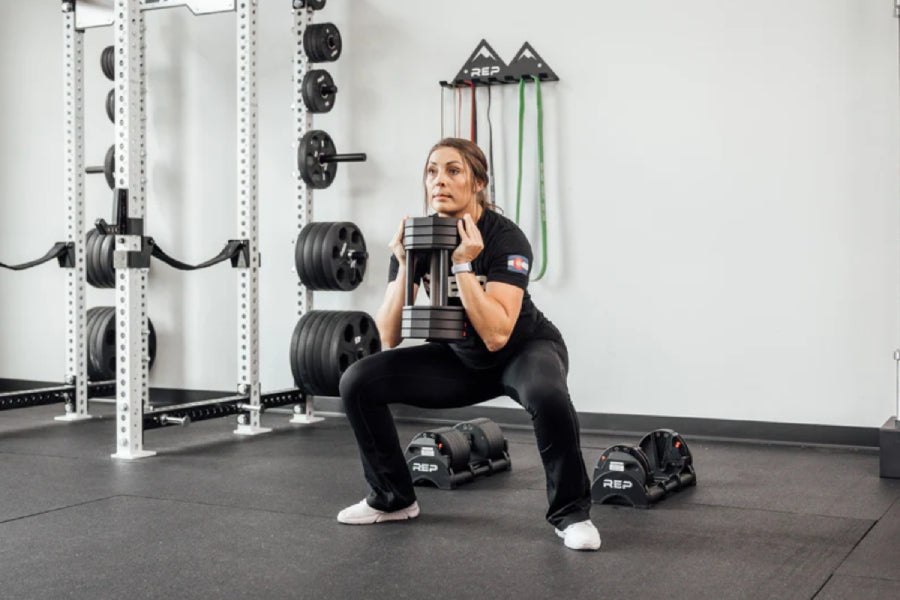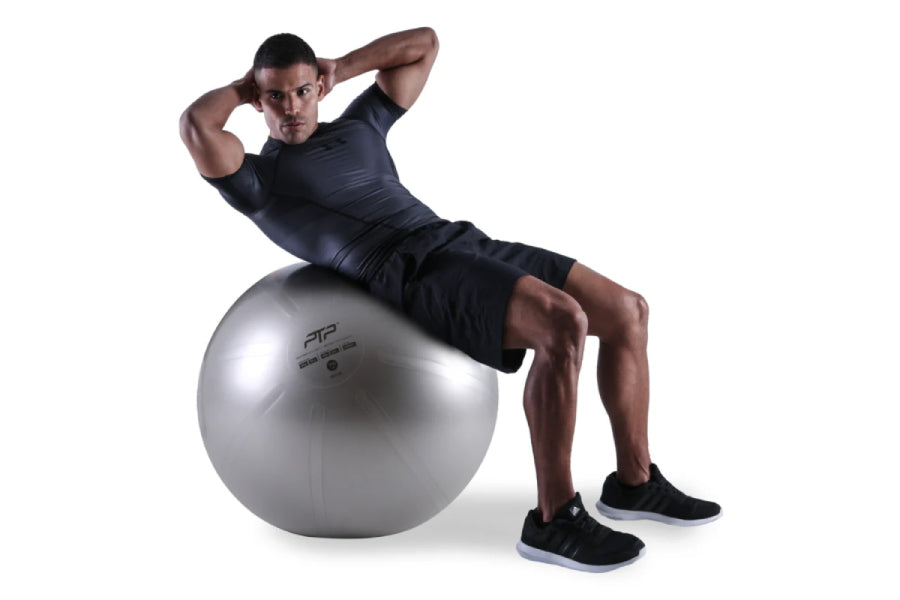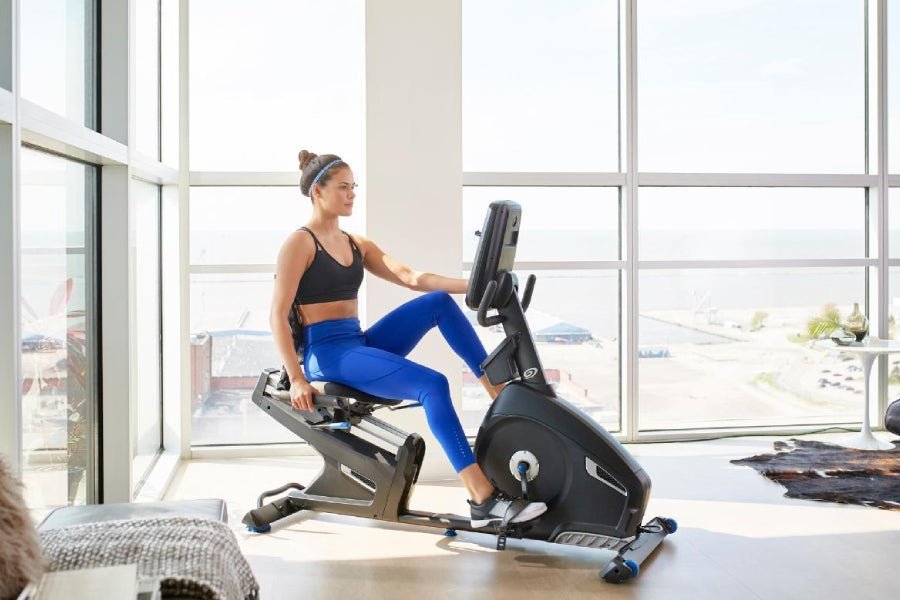Rowing vs. Running: Which Is Better For Cardiovascular Health?
GYMSPORTZ PTE LTD | 4 Dec 2024

Cardiovascular exercise is an essential component of any fitness routine, promoting heart health, lung capacity, and overall endurance. Among the most popular choices for cardio workouts are rowing and running. Each has its own set of benefits and challenges, but which is better for cardiovascular health?
Let’s take a closer look to help you decide.
The mechanics of rowing and running
Rowing is a low-impact, full-body workout that mimics the action of rowing a boat. Using a rowing machine, you engage your legs, core, back, and arms in a single, fluid motion. This makes it an excellent option for those seeking a comprehensive workout with minimal joint strain.
Running, on the other hand, is a high-impact exercise that primarily targets the lower body. It involves repetitive motion and higher stress on joints, particularly in the knees and hips. While it might seem straightforward, running demands proper form and footwear to prevent injuries.
Cardiovascular benefits of rowing
Rowing offers numerous cardiovascular advantages. The full-body engagement increases heart rate and promotes efficient oxygen delivery throughout the body. This sustained effort helps improve endurance and lung function.
Moreover, rowing machines are excellent for interval training. Alternating between high-intensity sprints and slower recovery strokes helps maximise cardiovascular output while burning calories efficiently. Since rowing is a low-impact exercise, it is suitable for individuals of all fitness levels, including those recovering from injuries.
Cardiovascular benefits of running
Running has long been a go-to for cardiovascular health. It strengthens the heart, boosts lung capacity, and increases circulation. Studies have shown that regular running can reduce the risk of cardiovascular diseases, improve cholesterol levels, and even promote longevity.
High-impact activities like running can also increase bone density over time, offering additional health benefits. However, the repetitive motion can strain joints, especially for beginners or those running on hard surfaces.
Calorie burn comparison
When it comes to calorie expenditure, both rowing and running deliver impressive results. The exact number of calories burned depends on factors like intensity, duration, and the individual’s weight.
On average, a 30-minute rowing session can burn around 300-400 calories, while running at a moderate pace for the same time frame burns approximately 350-450 calories. Rowing tends to engage more muscle groups, providing an edge in overall calorie burn when performed with intensity.
Impact on joint health
Rowing is widely recognised as joint-friendly, making it ideal for people with arthritis, injuries, or other mobility issues. The smooth gliding motion minimises impact, reducing the risk of overuse injuries.
Running, while beneficial, can pose challenges for joint health due to its repetitive impact. Choosing softer surfaces or incorporating cross-training with low-impact exercises can help mitigate joint strain.
Accessibility and equipment needs
Rowing requires access to a rowing machine, which can initially seem like a significant investment. However, modern machines are compact and can easily fit into a home gym setup. If you’re exploring home fitness options, Gymsportz offers a range of high-quality rowing machines tailored to various needs and budgets.
Running is more accessible, as it requires no equipment beyond a good pair of running shoes. However, weather conditions and outdoor environments can influence running routines. For those looking to replicate the running experience indoors, a treadmill is a practical alternative.
Which should you choose?
The decision ultimately depends on your personal goals, preferences, and physical condition. Rowing is perfect for those seeking a low-impact, full-body workout with excellent cardiovascular benefits. It’s also a great option for individuals aiming to build strength while improving endurance.
Running, by contrast, suits those who enjoy outdoor activities and high-impact exercises. If joint health isn’t a concern and you thrive on the simplicity of lacing up your shoes and heading out, running could be the better fit.
Finding your balance
For optimal cardiovascular health, variety is key. Alternating between rowing and running can provide the best of both worlds while preventing workout monotony. Incorporating other forms of cardio, such as indoor spin bikes, can further diversify your routine.
Conclusion
Rowing and running each have unique benefits for cardiovascular health, and the best choice depends on your lifestyle and fitness goals. Whichever you prefer, staying consistent is what truly matters. Explore Gymsportz’s range of fitness equipment, including rowing machines and treadmills, to find the perfect fit for your home workout needs.

